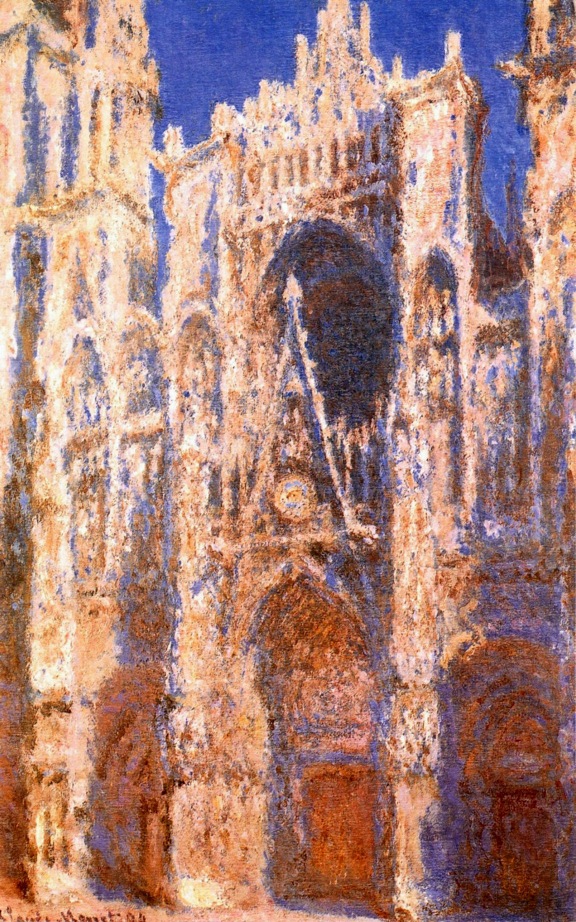
I’m participating in a celebration of Claude Debussy’s 150th birthday this Friday in “Debussy: Tonal Painter,” a program featuring his works for piano, voice and violin presented by the Toronto Heliconian Club. The preparation for the concert made me think of how Debussy is practically a sub-genre of classical music all on his own.
- PREVIEW | Soundstreams Celebrates Mandela’s Dreams In “Music Of The Rainbow Nation” - November 17, 2016
- Soundstreams’ “Encore” curates a cultural experience without bounds - October 16, 2014
- PREVIEW | Soundstreams opens season with loving tribute to Vivaldi in “The Seasons” - September 26, 2014
Some of his music, like Clair de Lune, is well known, but he also produced works that still sound experimental, even today. Debussy’s vision focused on the colours and textures of sound, rather than the established structures and grammar of music.
This impressionistic music calls for a meditative and reflective approach, as well as an openness from both the performer and audience to hear sounds in abstraction. Traditional harmonic progression gives way to the sounds of specific chords and musical textures.
Impressionist painters depicted the world from a personal perspective, and the technique of applying small strokes of paint onto a canvas forced the artists to perceive and paint differently.
Similarly, impressionistic music evokes space, playing with time to create feelings of scale and movement. The composers’ focus on abstracted elements of European music allowed them to experiment with new sounds and shape a new aesthetic.
There is an exotic, other-worldly quality to much of Debussy’s writing.
He wrote La puerta del vino (Gateway to the Vineyard, in his second book of Préludes — played by Claudio Arrau, below) having never stepped foot in Spain, and the La Cathédrale engloutie (The Sunken Cathedral, from the first book of Préludes — played by Robert Casadesus) based on mythological references.
It’s hard to describe Debussy’s music using traditional analysis; identifying a ‘form’ or assigning a ‘key’ to his music does not add as much as reading the poetry of Paul Verlaine — whose work Debussy set into songs — or studying the works of impressionist painters such as Claude Monet.
Impressionism is a movement concerned with what we perceive in our peripheral vision, of fleeting thoughts, internal experiences that are difficult to capture, never mind express artistically.
The varied sources of inspiration contrasted with the simple and singular goal of conveying a particular feeling or sentiment is part of what makes Debussy both endlessly fascinating and elusive.
I will be performing alongside pianists Lenore Beatty and Jane Blackstone, sopranos Barbara Fris and Janet Catherine Dea, and violinist Natalie Wong in a programme that includes Debussy’s works for solo piano, the G minor Violin Sonata, and voice, including Ariettes oubliées and Proses lyriques.
Peggy Mahon will narrate. There will be artwork by Simone Creed, commissioned specifically for this concert.
So what’s your impression of Debussy?
Margaret Lam
is a music writer and researcher, amongst many things. You can find her at margism.com.
- PREVIEW | Soundstreams Celebrates Mandela’s Dreams In “Music Of The Rainbow Nation” - November 17, 2016
- Soundstreams’ “Encore” curates a cultural experience without bounds - October 16, 2014
- PREVIEW | Soundstreams opens season with loving tribute to Vivaldi in “The Seasons” - September 26, 2014



